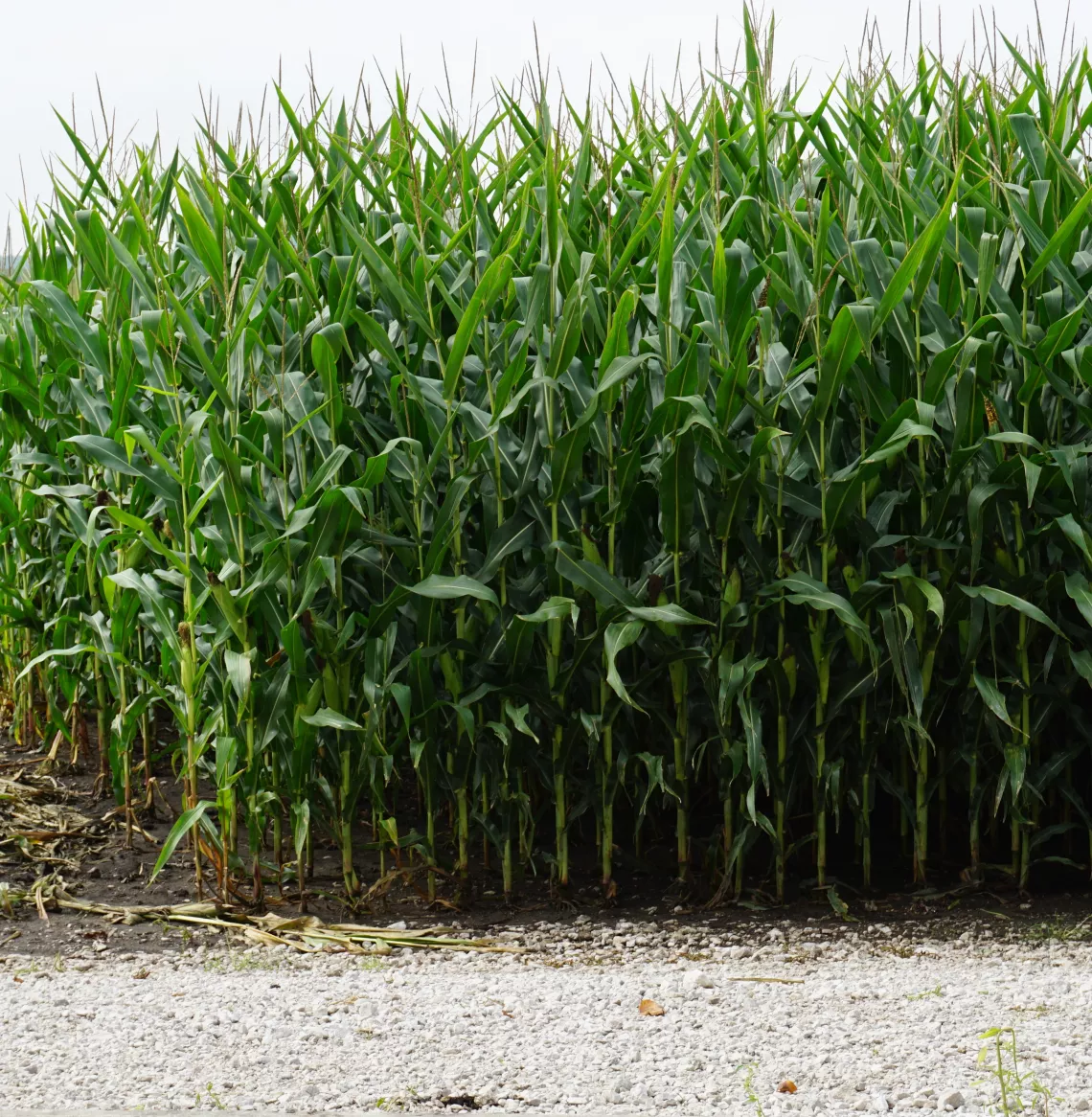Agriculture Climate Adaptation Advisory Council and Agriculture Climate Adaptation Plan
The Iowa Department of Agriculture and Land Stewardship (IDALS) is at the forefront of establishing agriculture policies for the state. IDALs also provides technical assistance to farmers across the state.
As part of that leadership, IDALS is in the best position to develop an Agriculture Climate Adaptation Plan. In order to assist in developing the plan, IDALS can convene an Agriculture Climate Adaptation Advisory Council, consisting of experts from across the state.
While the most severe impacts of climate change so far have occurred beyond the Midwest, Iowans most certainly are dealing with its effects. Until recently, one generally could predict Iowa’s weather throughout the year, including temperatures and precipitation. Lately that predictability has been changing. These noticeable changes are part of a pattern called climate change. Here are some specific examples:
- Precipitation has increased about 10 percent since the 1940s. More rain falls in the first half of the year, leading to wetter springs. The rain comes in downpours, which leads to greater erosion.
- Stronger storms are occurring.
- Floods are more frequent and more severe. Since 2000, significant floods have occurred in all of Iowa’s major rivers, causing hundreds of millions of dollars in damages.
- Stream flows have increased since the 1940s.
- Soils remain closer to saturation points in the spring.
- Over the last 30 years, wind speeds have declined.
- Dew-point temperatures are rising, meaning there is more moisture in the air, particularly during the summer.
- Nighttime temperatures are rising more than daytime temperatures and winter temperatures are increasing more than summer temperatures.
- There are five more frost-free days per year since 1950. The growing season has been extended. The US Department of Agriculture even updated its Plant Hardiness Zone Map to reflect Iowa’s warmer temperatures.
Iowa’s farming systems will need to change in order to effectively adapt to the climate changes that are already occurring and that are predicted to occur in the near future. A number of states already have created plans to adapt to climate change, including neighboring states of Minnesota and Wisconsin. Iowa should also create an agriculture climate adaptation plan.
The kinds of strategies that need to be included in an Agriculture Climate Adaptation Plan include:
- Managing changes in precipitation with additional production practices and crop rotations, including perennials, to preserve soil, reduce, control loss of fertilizers
- Revising grazing strategies in light of climate change
- Providing technical support to landowners to implement climate change adaptation strategies
- Developing methods and policies for carbon sinking
- Anticipating new and resistant weeds, pathogens, and insect pests and responding with Integrated Pest Management (IPM) or National Organic Program (NOP) methods
- Restoring the natural landscape and providing wildlife habitat
- Developing a financing strategy to assist landowners in transitioning to new farming techniques
- Promoting sustainable agricultural methods that mitigate or reduce climate change
- Assisting farmers in transitioning livestock from confinements to pasture-based methods of production
Ask your legislators to pass legislation that would create an Agriculture Climate Adaptation Advisory Council and a Climate Adaptation Plan.
